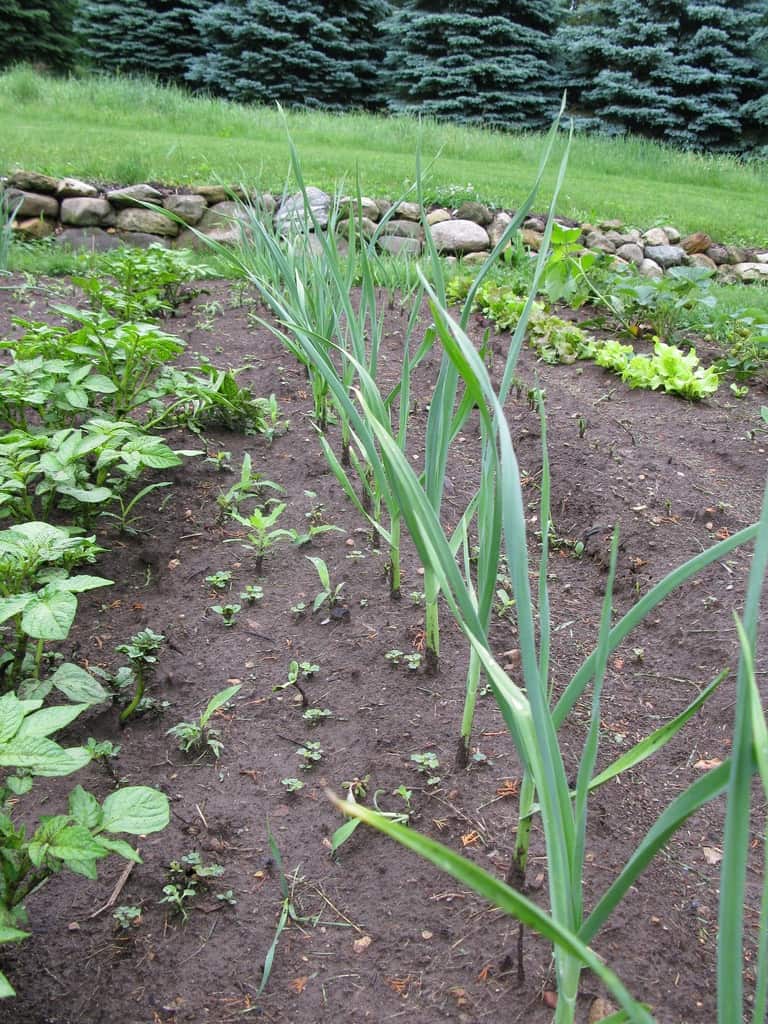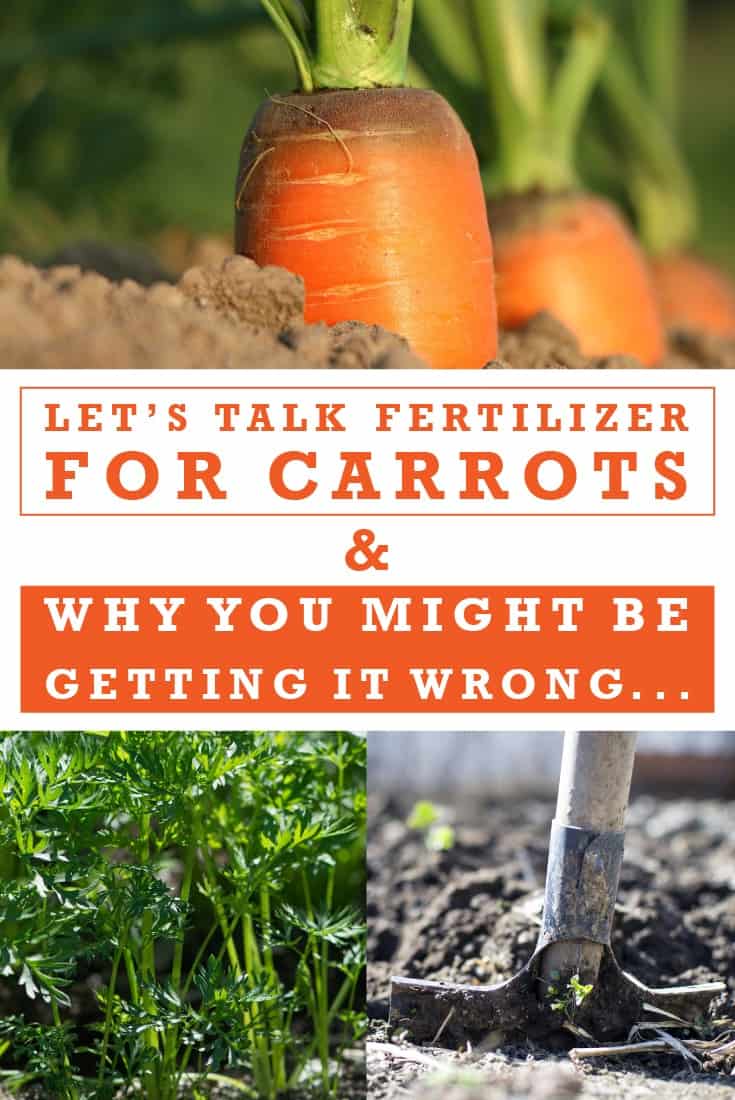Vegetable Gardening Layout: The Best Pairings
Without a doubt, growing your own vegetables is a rewarding activity. You will be able to eat certified organic vegetables, especially if you decide to use compost as a fertilizer, control the way your veggies are grown and enjoy the result of your own hard work.
Nevertheless, selecting the right vegetables to grow in your garden is a daunting task. When chosen wisely, the plants you decide to grow can improve the quality of the soil, increase the yields and decrease the incidence of diseases. However, you can achieve the exact opposite effect if the plants are not compatible. In other words, the vegetable gardening layout is crucial for the quality of your crops. Let’s see what are the best pairings.
Benefits Of Creating A Vegetable Gardening Layout

The pairing of the plants consists in combining determined species of plants with the purpose of obtaining certain benefits. Usually, those benefits are:
- Organic protection against parasites, by associating repellent plants with other crops.
- Prevent the impoverishment of the soil and the soil imbalances that occur when only one species of plants are cultivated.
- Improve the quality and quantity of the crops. In fact, the various plants benefit from the nutrients produced by the associated plants that act as natural fertilizers.
- Reduce the appearance of weeds through cultivating most of the areas of your vegetable garden.
With this in mind, let’s see which are the best pairings to make for each of these purposes.
Create A Vegetable Gardening Layout To Prevent Parasites
Creating a “repellent” gardening layout is simple by pairing your favorite vegetables with aromatic herbs such as thyme, mint or lavender. Another rule to respect when pairing vegetables is to avoid seeding vegetables from the same family next to each other. The veggies from the same family are susceptible to the same diseases and attacked by the same parasites, while they also consume the same type of nutrients.
The best pairings to make if you want to keep your tasty crops to yourself and not worry about parasites are:
- Tomatoes, peppers, and basil: basil is a true blessing in any garden, being able to keep away from your vegetables parasites such as aphids, fungi and white fly.
- Carrots, cabbage and rosemary, thyme or sage: just like basil, the mentioned herbs prevent the white flies, fungi, and aphids, among other parasites.
- Cabbage and mint: apart from the already mentioned parasites, mint also keeps rodents away.
- Tomatoes and garlic: garlic is a renowned antiseptic and it protects your plants against bacteria but also against fungi, mites, and aphids.
Create A Vegetable Gardening Layout To Improve Crops
https://youtu.be/QpK7lzkOv3k
Many species of vegetables are susceptible to the lack of pollination, therefore planting some flowers that attract bees next to your crops can be a great way to solve the problem. There are many flowers to choose from, but you should choose your pairings wisely.
- Pair borage with zucchini, pumpkins, and melons. Borage is one of the most favorite flowers of honeybees and bumblebees, insects that will eventually pollinate your crops. The flower is best paired with plants from the Cucurbitaceae family.
- Stevia and fruit trees: fruit trees usually attract bees on their own, but pairing them with stevia will make their flowers, and consequently their fruits, sweeter. Pairing fruit trees with stevia is a great idea if you want to grow dwarf trees in pots.
- Oregano and any vegetable: oregano is not only a magnet for bees but it also improves the taste of many vegetables, including tomatoes, peppers, cucumbers and even squash. Not to mention how tasty this herb is when added as flavor to many dishes.
- Sage and broccoli or cauliflower: thanks to its strong aroma, sage keeps parasites away yet it attracts bees, therefore it promotes pollination. On the other hand, it improves the taste of some vegetables, such as cauliflowers and broccoli.
Create A Vegetable Gardening Layout To Keep The Soil Rich In Nutrients
When planting vegetables from the same family in the same space, the soil will lose nutrients. The reason is simple, similar veggies consume the same nutrients, therefore the plants will have lower yields, they will become more susceptible to diseases and the crops will be smaller in size.
To avoid all this, you should follow some rules when designing the vegetable gardening layout.
- Plant next to each other vegetables with different nutritional needs. This is a basic and simple rule to remember. For example, root vegetable such as carrots parsley, but also the potatoes carve for potassium. The leafy vegetables produce potassium and use phosphorus as a nutrient. Combining these two types of plants will maintain the nutrients in the soil and all your veggies will thrive. A good model on how to associate various vegetables in a garden is given by the square foot gardening solutions, that propose different types of gardening layouts that can be used for full-size gardens as well.
- Rotate the crops regularly. The reason is the same as above, rotating crops maintains the nutritive properties of the soil. Apart from the soil consideration, rotating crops also prevent the apparition of weeds and the spread of pests or diseases.
- Associate legumes with those vegetables that crave for nitrogen. The legumes such as lentils, beans, and peas are able to capture the nitrogen from the atmosphere and transfer it into the soil, therefore those veggies that would usually need fertilizer will thrive next to the legumes.
- If you notice that even if you took all measures to avoid the impoverishment of the soil your plants start suffering, it is time to apply some fertilizer. There are many ready-to-use fertilizers available on the market, but if you want to maintain your crops organic, a good way to maintain the nutritive qualities of the terrain is making your own compost. If you have never done it, our extensive guide on how to make and use compost might help you.
Create A Vegetable Gardening Layout To Make Better Use Of Space
Vegetables can be easily associated in a way that will allow you to make better use of your space. For example, you could pair slow growing vegetables with the ones that grow faster. This will allow you to rotate crops regularly, have more available space to grow new crops and maintain a constant production.
On the other hand, pairing fast-growing vegetables with the ones that need a large space to grow can help you exploit your available space at its best. For example, pair lettuce with zucchini or squash. The lettuce will grow before the zucchini or squashes will occupy all the space.
Another great way to exploit the available space is by associating root vegetables with the ones that need space and light to grow. For example, you can associate onion and garlic with tomatoes and peppers, and you will be able to harvest two delicious crops at about the same time.
Vegetable Gardening Layout Errors To Avoid
- Do not pair plants belonging to the same family. We said that again but we can’t stress it enough. Pairing similar vegetables will have negative effects on the soil, the crops will be smaller and the yields less consistent, they will be more susceptible to parasites and the plants will suffer due to the lack of nutrients.
- Do not use the same space to plant similar crops, even if they belong to different families. Nutrients will probably not be an issue in this case, but the lack of space will be. For instance, if you plant tomatoes and peppers together, both plants will struggle to get sunlight exposure and space. This will cause the plants to grow “leggy”, be weak, and consequently produce fewer crops. The same happens if you plant, for example, potatoes and onions next to each other. To avoid this, pair potatoes with peppers and onions with tomatoes.
- Do not plant low crops behind the taller ones. If you decide to plant kale or spinach and tomato next to each other, remember that both veggies need plenty of sunlight. For this reason, it is advisable to plant the lower crop, in this case, the kale or spinach, in front of the tomatoes to make sure that both crops get enough sunlight to grow properly.
- Some pairings to avoid
- Legumes with onions or garlic;
- Tomatoes or aubergines with squash or zucchini;
- Beet with beans.
Our Tip
If you would love to grow your own vegetables but don’t have enough space to create a full-size vegetable garden, or if you don’t have a garden at all, know that you can create a square foot garden or grow most of the veggies we mentioned indoors, in pots positioned on a terrace or under a growing lamp. Just follow these rules and you can even pair and grow two or more crops in the same pot.






